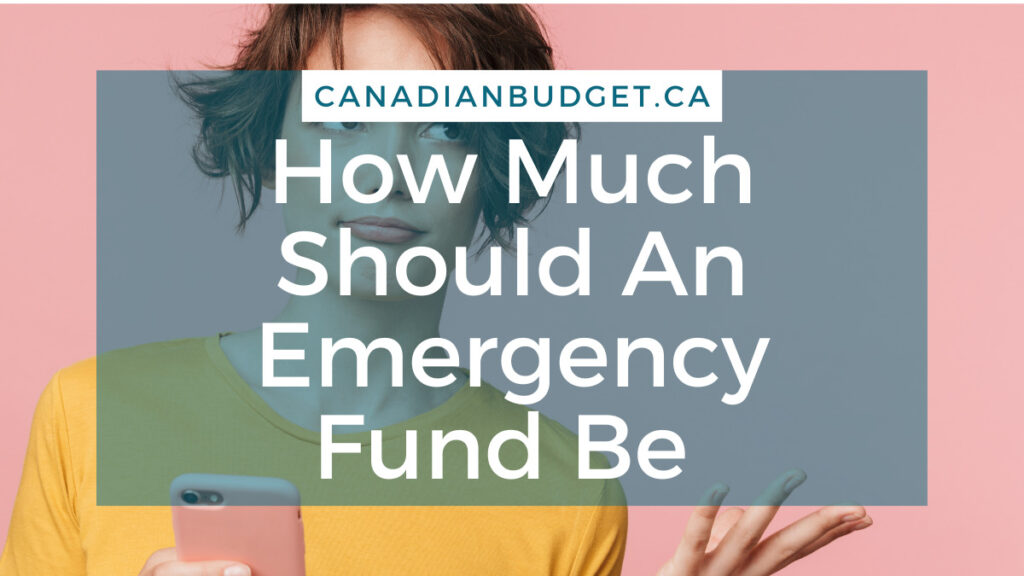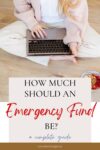How Much Should An Emergency Fund Be: How to Ensure You Have Enough Saved
Table of Contents
ToggleWith inflation, the cost of living increasing, and growing economic uncertainty, having a robust emergency fund is more important than ever. But how much should an emergency fund be? This article aims to help you determine how much is enough for you!
Statistics Canada reported in 2023 that 1 in 4 Canadians could not afford a $500 unexpected expense. We want to ensure you are on the right side of that statistic. If you are not today, you will be on your way to it after taking these action steps to build your emergency fund as a Canadian.
Having an adequate emergency fund is more crucial than many people realize. Building a financial buffer between you and undue hardship is essential no matter your income level and leads you toward financial stability. Many people misunderstand the point of an emergency fund, so let’s discuss some key reasons Canadians should have an Emergency Fund (EF).
What is an Emergency Fund?
An emergency fund is a savings account that is designated to protect you in case of an emergency. If something costly occurs, you will have money to cover the expense and won’t have to go into credit card debt to manage it. It provides you with peace of mind when it comes to managing financial emergencies. Your Emergency Fund is going to cover your butt in the case of unexpected expenses popping up, so you don’t have to derail your financial life to pay for it
Decide What Qualifies as an Emergency
What one person thinks is an emergency, another may not. This is why so many people disagree when asked the question: how much should an emergency fund be?
The answer will also be different if you are single or married, if you have children or not, and if you are a homeowner or a renter. There are so many variables that make this question difficult to answer in a one-size-fits-all fashion. Regardless of how much your fund is, you need to determine what types of issues will be classified as an emergency to you, so that you have clear parameters on when to use it.
An Emergency Fund Helps You Deal With Unexpected Expenses
Most people don’t imagine they are going to be faced with unexpected expenses, so they fail to plan for them. Many times we prepare to cover items we know are likely to happen, like a home or car repair. But we fail to plan for the events that are truly unexpected.
When it comes to emergencies, think of the big life-changing emergencies that might occur.
- Losing a job
- Getting seriously injured and being unable to work
- Having to leave work to care for a sick family member
- Having to travel cross country or internationally to help family
- Leaving an abusive environment
We don’t usually consider these more significant issues when thinking about our emergency fund, but it can help you in these situations.
Some people also refer to an emergency fund as “F*@& You Money”. Something that gives them the freedom to walk away when a situation no longer serves them. Whether it be a job, a partner, or any situation where they must urgently remove themselves.
How Much Should An Emergency Fund Be For Me?
Determining how much an emergency fund should be if you are just starting out can take some time. Let us walk you through the steps to help you answer this question.
Assess Your Financial Situation
You can’t start planning until you know where you are today. Take a close look at your income, expenses, and financial obligations. Calculate your monthly expenses, including your rent or mortgage payments, utilities, groceries, transportation, and any other recurring payments. Consider any outstanding debts or financial commitments you have, including student loan repayment or credit card debt. Once you clearly understand your financial obligations, you can move on to setting financial goals.
How much should an emergency fund be if you are in debt? Maintaining the ability to cover all our financial obligations, including debt repayments, means that we can weather the storm without adding MORE to our debt load.
Set Your Financial Goals
Setting financial goals is crucial in determining how much your emergency fund should be and how long it will take you to build it. Think about all of your short-term and long-term goals, such as homeownership, retirement, starting a family, or that new car you’ve got your eye on. This FREE worksheet can help you clarify your goals and timelines.
Why are we talking about these other goals? Remembering the bigger picture when considering an amount to aim for in your emergency fund is important. Including your other financial goals in your EF amount will help you keep on track and not derail your progress!
What should be included in your Emergency Fund Calculation?
You should include any expenses you require to live and run your household and any financial commitments like debt repayments and personal financial goals.
For my family, we decided on six months’ worth of expenses for our emergency fund because that is what would give us the most peace of mind. For context, we are a married couple with one child, and we are homeowners. Here is what my family decided to include in our EF Calculations:
- Food
- Mortgage & property tax
- Water, utilities, internet, phones
- Home, Life, and Car insurance
- Gas and other transportation costs
- Daycare
- Pet Care
- RESP and RRSP Contributions
- Money for social events & gifts
- Plus a bit extra for shopping needs and miscellaneous.
Why did we include all those things and not JUST our basic monthly bills? If you have only a barebones EF – and you end up having to live on it – you’ll be stretched so thin that not only will you be trying to get through an emergency, but you won’t have any peace of mind or flexibility. An emergency on its own is enough to deal with.
Now you have listed all the things you want to include in your EF. Once you have that number determined, calculate that amount by the number of months that will make you feel most comfortable. Having 3 – 6 months saved up is the general recommendation for a good emergency fund. This will be your overall EF goal amount.
Set a Budget to Help You Save For Your Emergency Fund
Developing a budget is essential to allocate funds towards your emergency fund systematically. Tracking your expenses is a game changer in the budgeting world. It can help you identify areas to cut back and save or reprioritize your spending.
If you haven’t budgeted before, or are unfamiliar with how to make a budget, I can give you some tips on how to make a budget you can stick to here.
You’ll need to add a line item for your emergency fund savings to your budget. How much to save each month depends on your Goal EF amount.
- Take your overall goal, divide by the # of months until you want to have your goal met. Do you have that much room in your budget to start saving that amount each month? Work that amount into your budget.
- If there is no room right now, look for ways to decrease expenses and increase your income to make your EF savings fit the budget. or extend your goal date to lessen the monthly contribution.
- Whatever you do, MAKE IT A PRIORITY.
Pay Yourself First
Canadians who don’t have an emergency fund may feel anxious or overwhelmed with not knowing where or how to start. If you don’t have an emergency fund, please make it a priority in your budget to start working toward your goal. Even if you can only afford $5 per paycheck, commit yourself to starting there and find ways to increase each time you get paid. Paying yourself first is a proven strategy to help build your savings. That means you treat your savings as if it were a bill payment that is due – and you save first before you spend any of your money.
One easy way to get started on this is to “set it and forget it.” You can automate your savings goals, so your contributions come out of your account automatically, and you don’t need to think about it at all. Setting this up with your online banking portal or app should only take a minute. Ensuring you consistently contribute to your Emergency Fund is more important than how much at first. Get into the habit of paying yourself first by contributing your savings before you spend any of your pay.
Where to Keep Your Emergency Fund
When working toward a large financial goal, it’s best to utilize tools that are going to help us reach that goal faster. What tool does not help? Your bank’s regular savings account. Why? It’s likely paying you nothing in interest, or 0.01% if you are lucky.
Where should you keep your emergency fund instead? A High-Interest Savings account is your best bet. With higher interest rates these days, you can make up to 5% in interest in some places. We strongly support finding a high everyday rate account, not going somewhere that only tries to suck you in with a short-term promotional rate. Some of our favourite Canadian High-Interest Savings accounts are listed here.
Is it ok to invest your emergency fund?
You do not have to optimize every single dollar.
One common mistake I often see that comes from that desire to optimize is when people Invest their emergency funds. They feel like they are missing out on an opportunity to make a lot of money by keeping their emergency fund in a High-Interest Savings Account, and they invest the money. Investing your Emergency fund is a bad idea for several reasons.
- All investment carries risk. You don’t want to risk losing your emergency fund in a stock market downturn when you need it most.
- You may need your money immediately, and it may take a few days to liquidate your investment and transfer the cash from your brokerage account to your bank account.
- You want to opt for a safer investment like a GIC, but that requires you to lock in your money – leaving your dollars inaccessible when you may need them most.
Using Your Emergency Fund
Your emergency fund is absolutely there to be used by you in emergencies. Knowing what counts as an emergency from the outset will help you NOT waste it on wants – but on true emergencies.
I have heard of people feeling extremely guilty or shame-riddled at having to use their emergency funds. They didn’t want to touch it; they felt like they had failed somehow.
Please understand that this money is to be used in an emergency. Be grateful it was there to help you when needed. Thank yourself for being such a good planner and having it there to protect you!
Replenishing Your Emergency Fund
What should you do if you have to use your Emergency fund? Make sure to rebuild it after you dip into it for your emergency. So it can do its job for you again in the future when needed. Not refilling it when you have depleted it (partially or fully) pulls that financial security rug out from under you that you worked so hard to build up. So do yourself a favour and make sure to reprioritize getting that fund built up again. The last thing you want to do is fall back into a financially vulnerable position and encounter another setback,
Achieve financial peace of mind through an Emergency Fund
Many people underestimate the size of the emergency fund they need. Not you! How much should an emergency fund be is no longer a question you will ever google again. You know how to estimate your needs for an Emergency fund goal, where to open an account, and how to start building toward your goal on autopilot.
With a significant emergency fund in place, you won’t be left in a financially vulnerable position, and you will never be thrown off track or forced into debt to deal with unexpected situations as they arise. You will be prepared because you have worked toward a goal and, given your EF money, one of the most important jobs: protecting yourself.
More From The Blog...
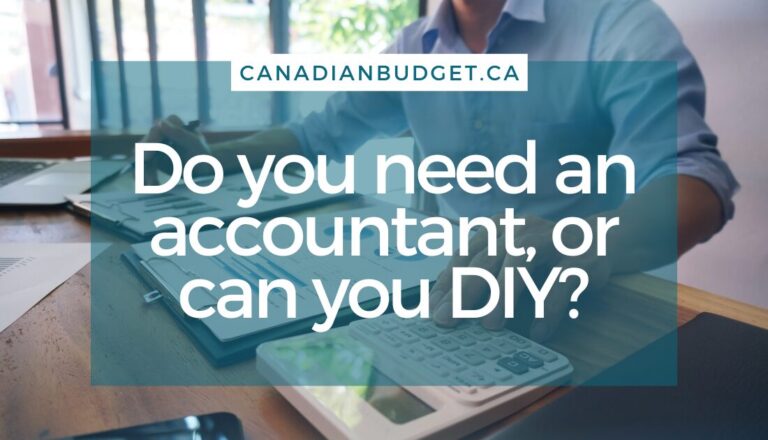
Do You Need an Accountant…
Guest Post by Karan Sachdeva of MultiTaxServices Doing taxes in Canada Money management often feels like one of those “I’ll...
Read More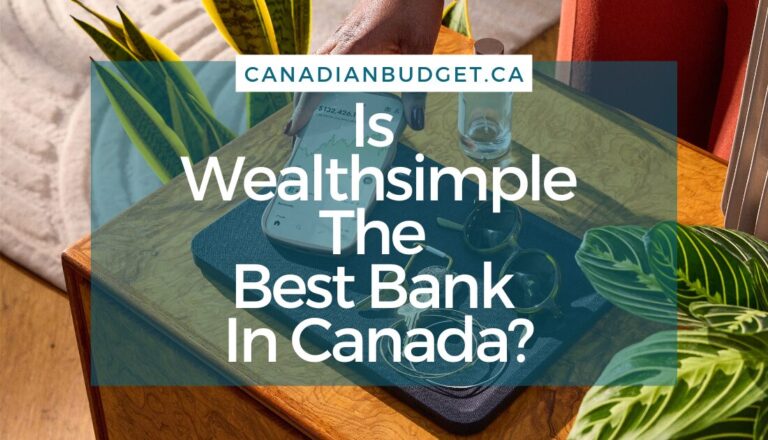
Why Wealthsimple Could Be the…
Wealthsimple Banking Review 2025: Best No-Fee Bank in Canada
Read More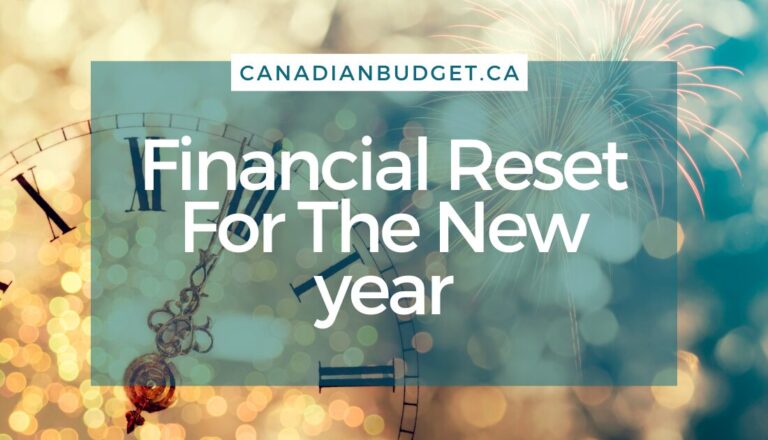
Financial Reset For The New…
How to Do a Financial Reset for the New YearAs the new year begins, it's the perfect time to take...
Read More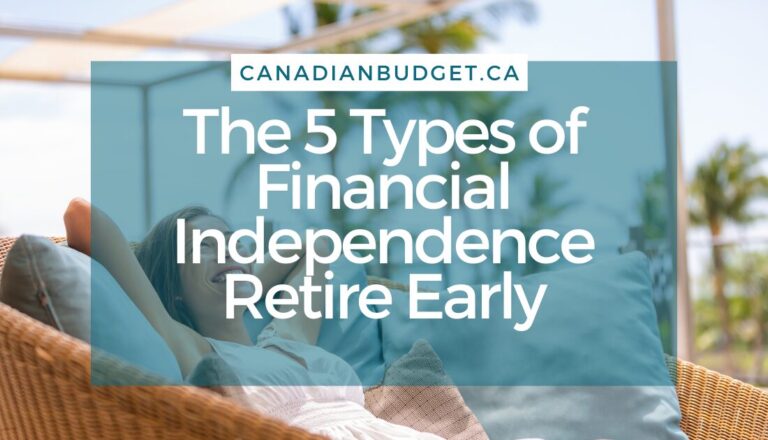
The 5 Types of Financial…
Starting your journey towards Financial Independence Retire Early (FI/RE) in Canada opens up possibilities for those eager to take control...
Read More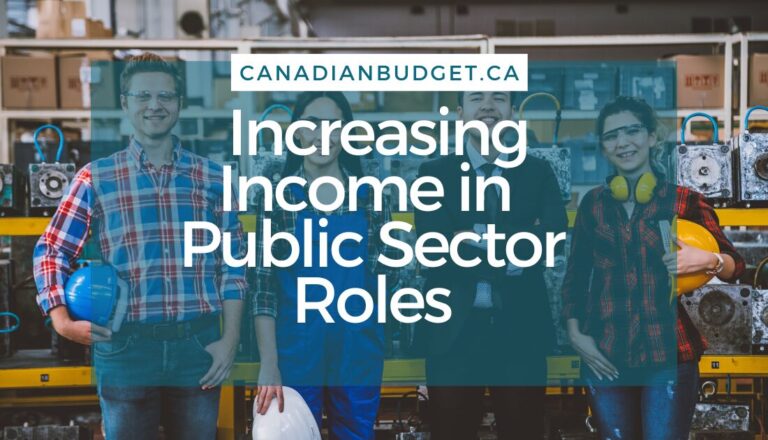
In a Public Sector role?…
Public sector roles, including those in schools and hospitals, make up approximately 21% of employment in Canada. That includes teachers...
Read More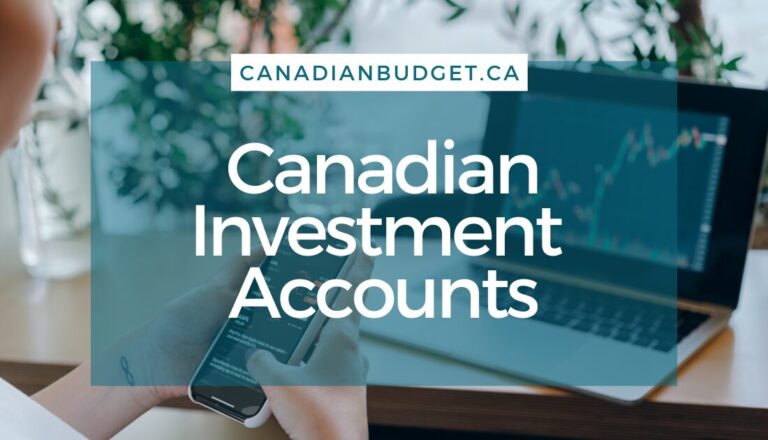
8 Canadian Investment Accounts To…
If you are new to investing, you might be wondering what the Canadian investment accounts are available, and which is...
Read More
What Are Canadian Real Estate…
Canadian Real Estate Investment Trusts: What They Are and Should You Invest? Canadians have heard owning property was the path...
Read More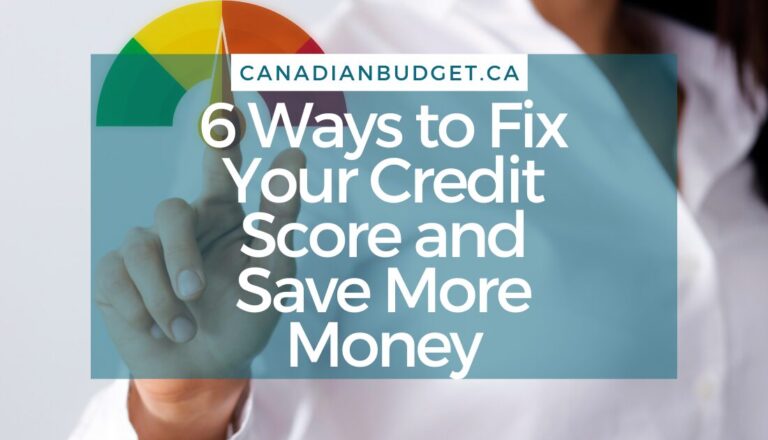
6 Ways Fixing Credit Scores…
Struggling with debt can significantly impact your financial well-being, especially if your credit score suffers. Fixing credit scores is important...
Read More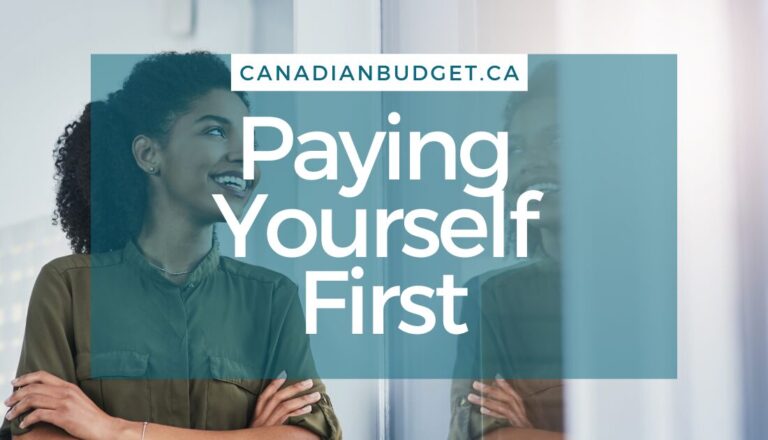
The Paying Yourself First Method
Taking control of your financial future starts with a simple yet powerful concept: paying yourself first. Shifting your money mindset...
Read More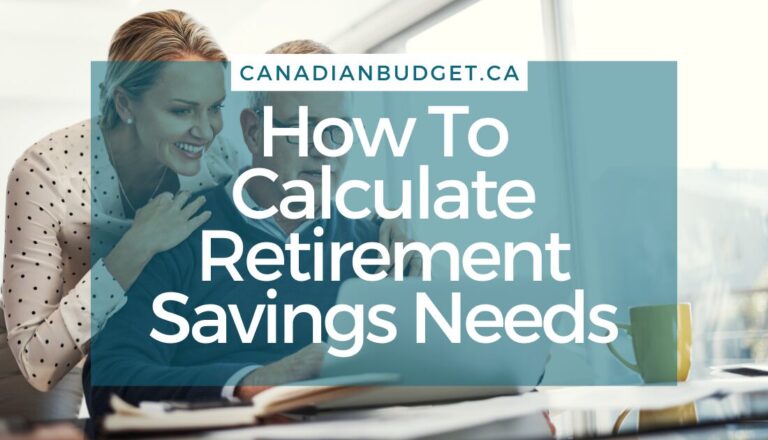
How to Calculate Retirement Savings…
When is a good time to calculate retirement savings needs? When retirement may be decades away it’s hard to think...
Read MoreAbout The Author
Jessica Morgan
Jessica Morgan is the founder and CEO of Canadianbudget.ca. She is passionate about personal finance and helping Canadians improve their financial literacy by providing more Canadian focused financial content. A millennial mom of one, she has a burning obsession with all things personal finance.
Jessica has a BA in East Asian Studies from York University and a Masters in Business Administration from Toronto Metropolitan University. She is a career public sector employee with a Hybrid Pension, and an advocate for Canadian women to improve their personal finance knowledge.
Jessica Morgan
Jessica Morgan is the founder and CEO of Canadianbudget.ca. She is passionate about personal finance and helping Canadians improve their financial literacy by providing more Canadian focused financial content. A millennial mom of one, she has a burning obsession with all things personal finance.
Jessica has a BA in East Asian Studies from York University and a Masters in Business Administration from Toronto Metropolitan University. She is a career public sector employee with a Hybrid Pension, and an advocate for Canadian women to improve their personal finance knowledge.

